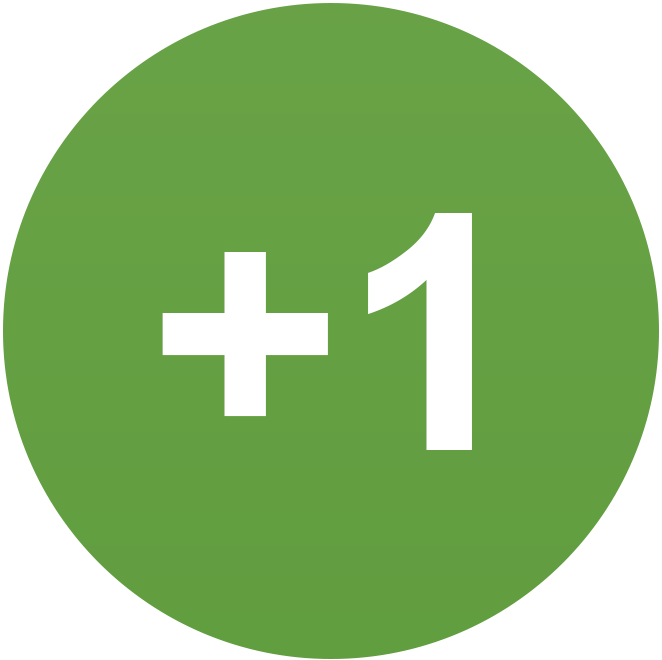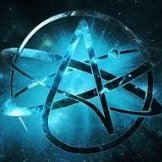Web 2.0: Learning Platform For Higher Education
-
Recently Browsing 0 members
- No registered users viewing this page.
-
Topics
-
-
Popular Contributors
-
-
Latest posts...
-
9
Video Bangkok Assault: Woman Challenges Police Inaction After 7-Eleven Attack
Yet another shameless episode from the BiB, just too lazy to do anything that doesn't involve baht. A stain on the country nationwide. -
16
IDF soldiers deliberately wounding children in Gaza ‘like a game’, says British doctor
It is sad and shocking at the same time to see how brainwashed some people are, making them incapable of accepting facts , which could oppose their black and white beliefs, where one side is always good and must be supported unconditionally, no matter what they do, while the other side is totally evil and every intel we get from them is without exception a lie. That state of "occupied mind" is so deep that they somehow ignore every incident, no matter how disgusting, which could cause cracks in their idealized ally, like the lie about those 30 beheaded babies, the murder of world`s kitchen help workers, the murder of Hind Rajab, the complete flattening of the residential areas in Gaza, not to speak from all universities, schools, hospitals and the execution of those 15 help workers, which were later buried. Not even the frightening power and influence that ally has over our governments. I mean, even if one is 100% pro Israel, which I would fail to understand, after all the atrocities it has committed, but just for the sake of the argument, let`s assume it is mentally sane to be pro Israel and therefore support AIPAC in their backing of Pro Israel politicians, helping them win their elections in 98% (!!!) of all cases. How does one know that these politicians are acting for the American people when it comes to domestic policy. Why would a Pro Israel politician automatically be the best choice for his job when it comes to serving the US? Obviously all AIPAC is interested in, is them being pro Israel but how good they would be as a congressman or governor in serving the American people domestically is not of any importance. One can completely be without compassion for the kids in Gaza but at least there should be some love and respect for one`s own country and what is the best for it. Failing to realize that is another sign of being brainwashed.- 1
-

-
5
Accident UAE Tourist Crashes Motorbike into Patong Pharmacy
Just looks like he was trying to move on to the sidewalk to park. Pulled up over the curb and lost control. He looked to his right and backed up a tad, seeing if anyone was coming and accelerated. -
11
For Americans with Social Security Questions
I'm waiting until I'm 70. Don't need the money so what's the point in getting it now. Live like you're going to die tomorrow. Plan like you're going to live forever. -
44
Thumbdrives and portable SSD drive.
Awwww. You are clearly annoyed that the facts that don’t support your ridiculous claim of “user being responsible for disk failure” See ya. -
275
Those of you who live on 40k a month
Correct, my online investment platform in the UK offers a savings hub from numerous banks offering the most competitive savings rates. If I take the best 1 year product, the interest after tax and after you deduct the agents visa facilitation fee actually works out less than I get in interest from the 800k in my Thai bank. I also don't have to concern myself with the decline in exchange rates that has affected the likes of the UK or Australia. More importantly you don't need to concern yourself with any clampdown temporary or otherwise What kind of cheapskate wants to gamble with their retirement to save a few baht, which actually isn't even the case in the current interest rate environment.
-
-
Popular in The Pub

.thumb.jpg.3ee24d9400fb02605ea21bc13b1bf901.jpg)


.thumb.jpeg.d2d19a66404642fd9ff62d6262fd153e.jpeg)






Recommended Posts
Create an account or sign in to comment
You need to be a member in order to leave a comment
Create an account
Sign up for a new account in our community. It's easy!
Register a new accountSign in
Already have an account? Sign in here.
Sign In Now